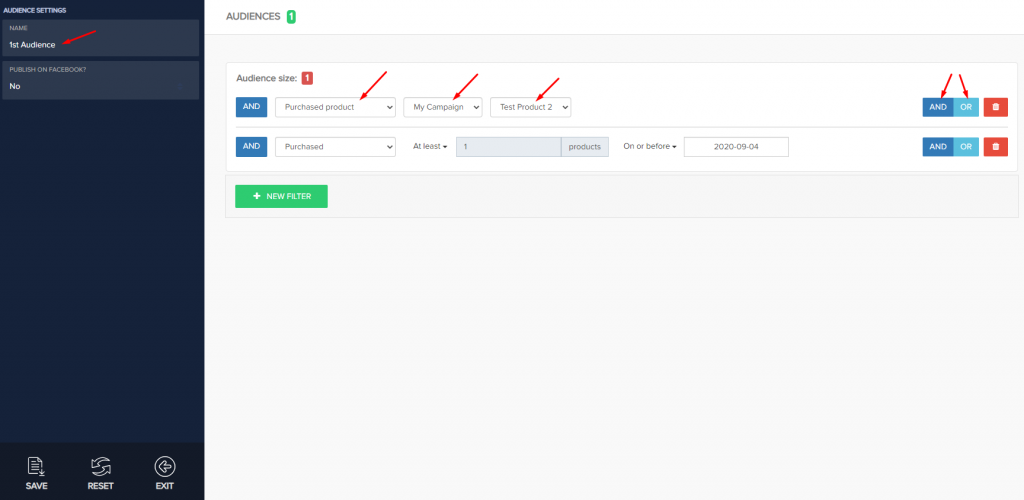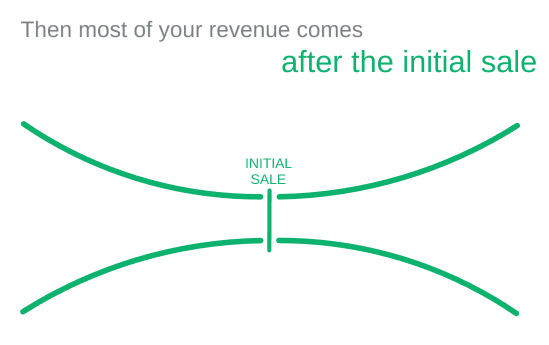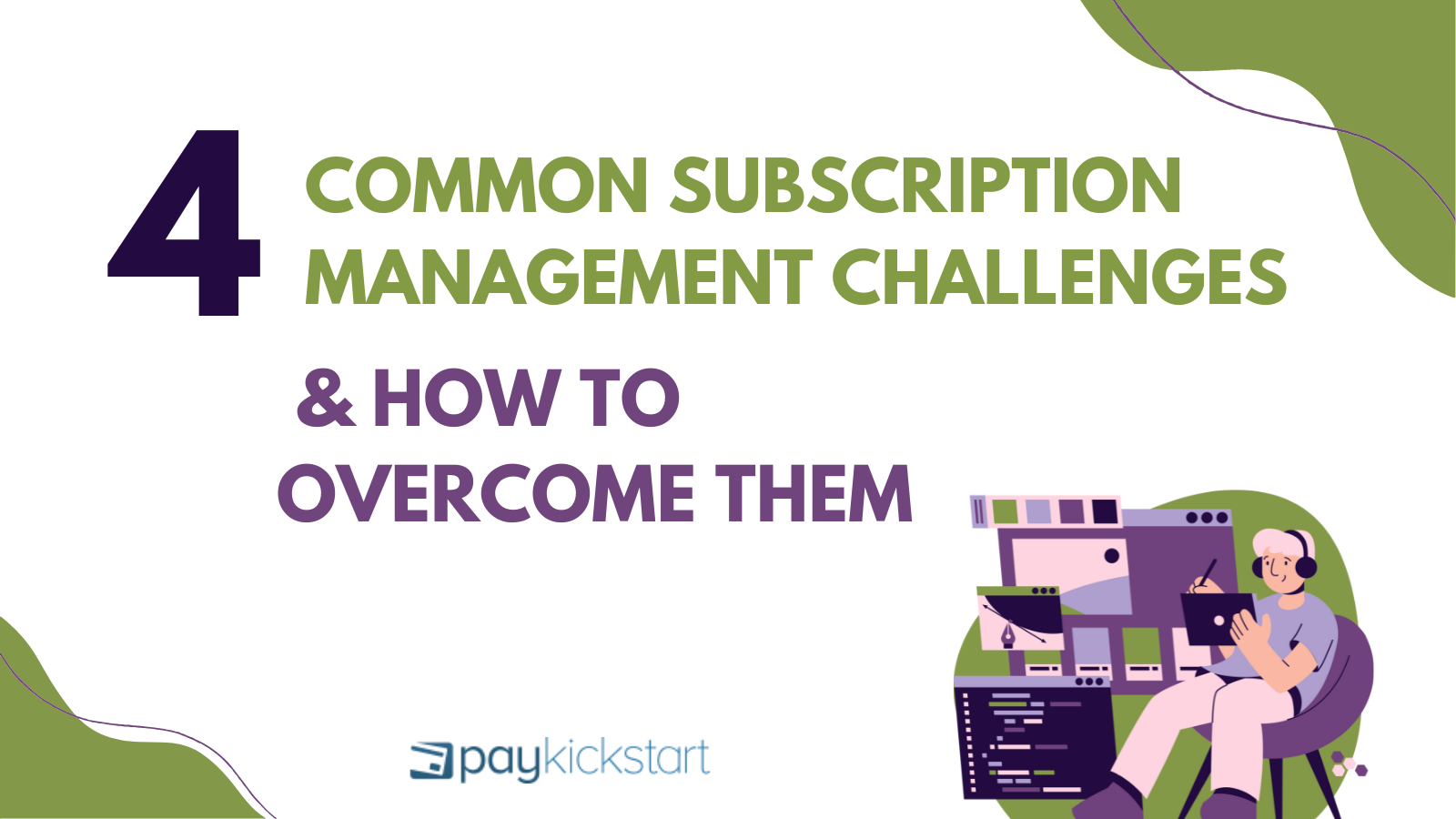Subscription growth hack (by PayKickstart)
Facebook Group - 3,932 members
Visit GroupMarketing is usually measured by the number of new customers that were on-boarded.
But there’s a more important number every subscription business needs to keep an eye on: How many existing customers were retained.
Customer retention refers to the percentage of customers that stay with a business over a specified period of time.
Basically, this metric demonstrates a business’s ability to stimulate customers to spend more money with your company.
While attracting new customers is essential to a business’s growth, keeping existing customers engaged is key to any subscription business success. Here’s why:
If your subscription business is losing customers as soon as they are on-boarded, this is a strong indicator that your product is not meeting your existing market demand.
Obviously, this is fundamental to your business success. No company can succeed if its product is flawed.
In other words, customer retention rate indicates how successful your products are at satisfying your customers.
This is huge.
There can be other reasons for poor customer retention rates, including a weak customer support strategy, poor on-boarding practices (which fail to manage customers’ expectations properly) and bad product positioning tactics (which attract the “wrong” type of a customer).
To better understand why your customers are leaving, make sure to:
Surveying your subscription customers is always useful. Just don’t get too aggressive with that to avoid distracting them from using your product. Using cancellation surveys” will offer you insights into why people are leaving.
PayKickstart’s “Cancellation Saver” feature will prompt your customers to submit the cancellation reason after they requested to stop or refund their payments.

PayKickstart’s “Cancellation Saver” helps you save some accounts and identify the reasons behind canceling.
Based on the selected reason, the tool will suggest an alternative solution to canceling. Not only will this feature save some of your accounts, it will also help you collect feedback from your unsatisfied customers.
Attracting new clients requires ongoing investment. Whether it is paying by a click (PPC), by a lead or a sale (affiliate marketing) or long-term investments (SEO), you have to keep investing into on-boarding new clients.
And it’s not just attracting them. New customers require more attention from your sales and customer support teams, more training and more relationship building efforts.
Customer Retention Cost (CRC) is one of the most important success metrics. According to Salesforce, customer retention costs about 7X less than new customer acquisition and increasing customer retention by only 5% can result in up to 95% boost in profits.

There are a few important reasons to that, including:
New customers are always more expensive.
Existing customers already know your product and how to use it. They are not as easily distracted. They are less likely to share their negative experience (they would instead share it with you first). The only effort in keeping more of them engaged is to keep an eye on inactive clients and find ways to get them back using your product.
There are quite a few important benefits of re-engaging inactive clients, including a better product development strategy and a longer customer lifespan. Small things like integrating QR code menus for your restaurant, having a chatbot for your online store, or using a cold emailing tool, can help engage with clients and satisfy them much easier.
In essence, you need to know reasons why clients become inactive over time, just like you need to know the reasons behind canceled accounts.
If your product becomes not as much needed over time, you need to figure out ways to change that. To re-engage inactive customers, you can segment your email list, set up automated reminders (like “card expiration” alerts), off-site retargeting, and invest in on-going education (with webinars and regular virtual events).

[Audience Builder allows you to segment your customers based on the filters that you specify]
Regularly using an email list cleaner can also help you maintain a healthy list and ensure your messages are reaching genuinely interested contacts.
Re-engaging inactive clients if one of the most effective ways to increase your customer retention rate. Furthermore, targeting these re-engagement efforts toward high-quality leads can maximize the chances of bringing back valuable customers who are more likely to convert and stay loyal.
Longer-term customers are more likely to know and like your brand. These are the people who can help you promote your product by posting positive comments on platforms like TrustPilot or G2.
A more effective customer retention strategy will likely result in better customer acquisition through word of mouth.
Long-term customers refer friends and followers to your business and recommend your products all over the place.

If most of your revenue comes from referrals, your customer retention strategy is likely working well.
Further reading: 6 Ways to Measure Customer Success
A successful subscription business cannot survive on new customers only because it needs to build up a solid foundation of subscription payments to survive. Therefore customer retention is key to the success of any subscription business. But there is more behind striving to improve your customer retention strategy.
Longer-term customers are more likely to buy more (through upsells) and share their feedback (for you to set up a product-led growth strategy). If your customers stay with your company longer, they are more likely to become a marketing channel of their own by recommending your platform to their peers and spreading positive reviews.
Happy customers sell, and keeping your customers longer is a solid indicator that they are happy. Increasing customer retention rates may lead to more referral sales, better customer loyalty and lower acquisition cost.
Ann Smarty is the Brand Manager at Internet Marketing Ninjas, as well as co-founder of Viral Content Bee. Ann has been into Internet Marketing for over a decade, she is the former Editor-in-Chief of Search Engine Journal and contributor to prominent search and social blogs including Small Biz Trends and Mashable. Ann is also the frequent speaker at Pubcon and the host of a weekly Twitter chat #vcbuzz
Read More About Ann Smarty